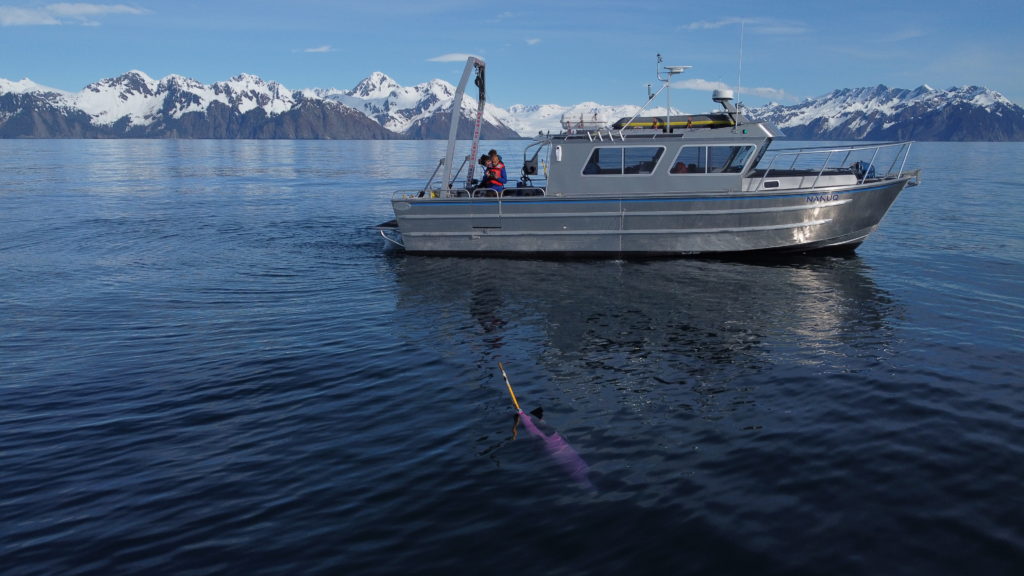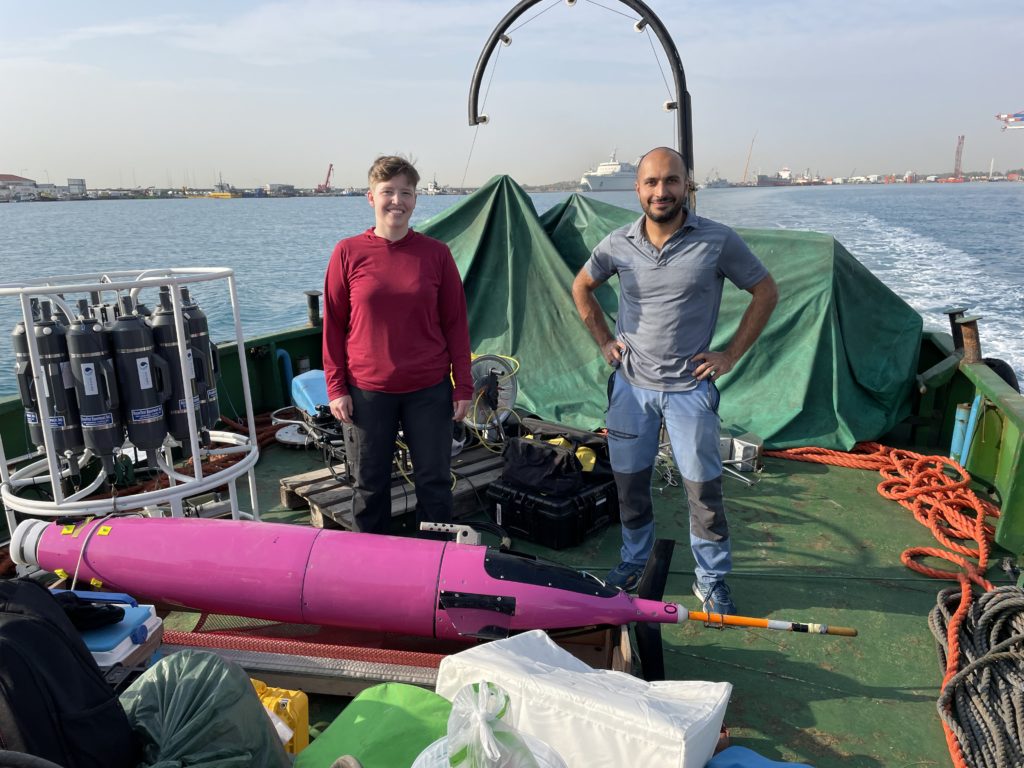Cyprus Subsea has successfully upgraded one of its Seagliders to track the greenhouse gases carbon dioxide and methane in the ocean, in partnership with the oceanographers and engineers at the International Arctic Research Center at the University of Alaska Fairbanks. Partner 4H JENA Engineering redesigned the CONTROS HydroC® CO2 and CH4 sensors for use with a Seaglider. Remote piloting and data analysis were done by Advanced Offshore Operations Inc. The innovative tool was tested in Cyprus last year and recently completed a successful mission in the icy waters of Alaska’s Resurrection Bay, as reported yesterday by the Associated Press in a feature article and video and Cypriot AlphaTV here.

As a part of the first group to reliably measure carbon dioxide and methane with an unoccupied underwater vehicle, Cyprus Subsea helped develop, prepare, and operate the Seaglider.
The IARC-UAF reported about the maiden voyage of the greenhouse gas sensing Seaglider in the Gulf of Alaska. In this article, they outlined the critical need to track how the pH of the ocean is decreasing as humans burn coal, oil, and gas. Carbon dioxide from these activities is absorbed by the ocean and adversely affects marine life. Glacial meltwater also discharges freshwater into the ocean further putting marine organisms at risk. Methane released from the seafloor in high latitudes also presents a risk to global climate: as water conditions there change, more methane could be released to the ocean and in turn to the atmosphere.
Traditional tools such as ocean moorings gather data at a single location year-round. While ships gather samples along transects from spring to fall. To fill those spatial and temporal gaps, a Seaglider can dive up to 1000 meters and reach remote parts of the ocean in various weather conditions and every season.
CONTROS HydroC® CO₂ and CH4
The CONTROS HydroC CO₂ and CH4 sensor are versatile underwater sensors for in-situ and flow-through measurements of dissolved gases. The HydroC sensor family is designed to be used on different moving platforms – remote and autonomous vehicles, seabed observatories, buoys, and moorings. This sensor is also appropriate for profiling applications using water-sampling rosettes and now gliders. The HydroC sensors are known for their high accuracy and stability, and even include an auto-calibration function that was carried out autonomously during the mission.
Iterative Development & Testing Process
Cyprus Subsea combined mechanical and electronics engineering as well as materials science to integrate the redesigned CONTROS sensors with its Seaglider. Through an iterative process, a glider fairing extension, mounting brackets, and custom cable assembly were designed and fabricated.
In addition to the fabrication process, Cyprus Subsea augmented the Seaglider operating system with additional circuitry and software to control the sensor in a way to allow high quality data collection. The Seaglider was ballasted to ensure it floats well in the water to facilitate remote communication with satellites. Various sea tests were conducted in the Mediterranean Sea to ensure the complete Seaglider was working properly before shipping to Alaska.

Maiden Voyage in Alaska
After the integration and testing process in Cyprus, the Seaglider was shipped to the IARC in Alaska. The international team prepared the Seaglider for the Arctic waters and completed ground truth sensor tests at the Alaska Sealife Center. Following this tank test, the team deployed the glider in Resurrection Bay for its first mission with the redesigned CONTROS HydroC sensors. Carbon dioxide and methane sensors were swapped during the mission. Engineers remotely piloted the Seaglider from Cyprus via satellite.
Cyprus Subsea will continue to refine the integration design and materials to more effectively study ocean carbon, methane and acidification processes with gliders. If more gliders can be used for such studies, oceanographers can better understand climate processes, and policy-makers can make better decisions on how to respond.
Many thanks to Claudine Hauri (especially for her many Tweets below), Andrew McDonnell, and Brita Irving of UAF, and to Jack Triest and Jöran Kemme of 4H-JENA Engineering.
